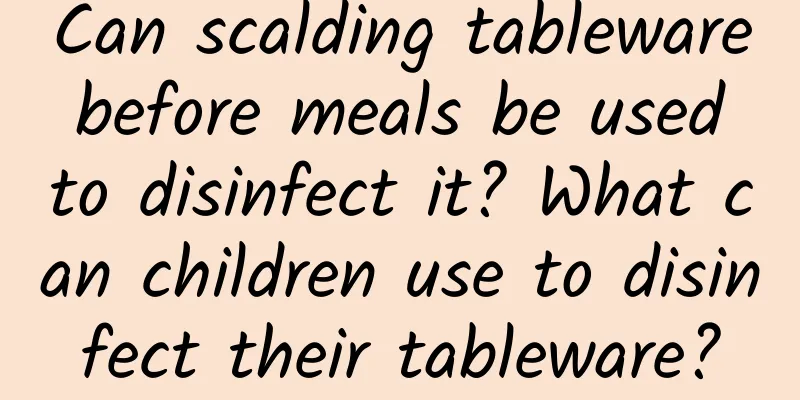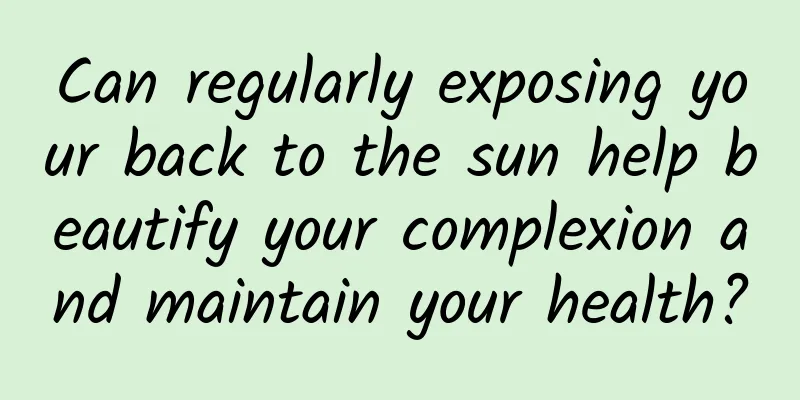TNW: The future of mobile money – data infographic

|
As Google, Apple, Paypal, MasterCard, etc. have entered the field of mobile money, the World Bank has released some data on mobile money. TNW decided to see which powerful users determine the future trend of mobile money, so it made a chart. Friends who are interested in the data may wish to take a look at the following picture: Let's first look at the top ten countries that use mobile phones to send and receive money. It turns out that the countries that use it the most are the poorest in the world. Then the problem is that in these poorest countries, the people who use mobile phones to send and receive money are also the poorest group of people. Shockingly low-income population Kenya is leading the world in mobile money because of their infrastructure, government support, and the explosion of community finance. In fact, as you can see in the graph, over 70% of their people use their phones for some financial transactions. We see that low-income users, the number of people using mobile phones to receive money and the number of people using mobile phones to send money are very large. These countries are the same in terms of leading the world's mobile financial trends. Especially Somalia and Swaziland, there are almost no rich people using mobile phones to do this. Cycles around the mobile phone revolution This graph uses circles and strips to show some data trends. For example, the dark red in Algeria shows that few rich people use mobile phones to send money, but almost three times as many rich people use mobile phones to receive money. How will banks develop next? This leads to some questions. Why don't rich people use mobile phones? Maybe it's because mobile phones don't make much sense to them. They have more opportunities to use traditional banking services and there's no need to switch to mobile phones. On the contrary, they may find mobile phones inconvenient. With the development of mobile finance, I hope these issues can be discussed in more depth. The data covers more than 50 countries, and we have only seen a small part here. As mobile currency plays an increasingly important role in the international economy, will the plastic credit cards and paper money in our hands disappear? via: Leifeng.com |
<<: comScore: Android platform accounts for 52.2% of the market share in July 2012
>>: Snappli: Survey shows only 4% of iOS 6 users are using Apple Maps
Recommend
How to water the gem flower in winter? When should the gem flower be watered frequently?
Gem flower is a general term for succulent plants...
What to do if menstruation is not coming due to polycystic ovary syndrome
Some people may not be very familiar with polycys...
What are the solutions for women's leg hair?
As the saying goes, "Everyone has a love for...
12 days after normal delivery, lochia and blood
Pregnant women will have lochia after giving birt...
Why does urination during normal childbirth cause stinging pain?
Many pregnant women who have given birth naturall...
How to quickly produce milk after giving birth
Postpartum lactation is the biggest problem for w...
What to do if your gums swell and ache during the confinement period
It is easy to get inflamed and constipated during...
Taboos for pregnant women to eat black beans
Everyone has heard of black beans. This is a food...
Treatment of white candidiasis vaginitis
If you do not pay attention to your lifestyle, li...
Why can you tell at a glance that you are allergic? Uncover where the doctor's "sixth sense" comes from!
"Why can I tell you are allergic at a glance...
What is cervical spondylosis? Which groups of people are more likely to suffer from cervical spondylosis?
1.What is cervical spondylosis? The cervical spin...
Can I drink motherwort granules when I am pregnant?
Of course, you cannot drink Motherwort Granules a...
How to increase the focusing temperature of a magnifying glass? How to use a magnifying glass as a projector
People use magnifying glasses in daily life and a...
Can I eat mangoes during menstruation?
Women are relatively weak during the menstrual pe...
How many days after the fallopian tube hydrotubation can you have sex?
Fallopian tube blockage and fallopian tube adhesi...









